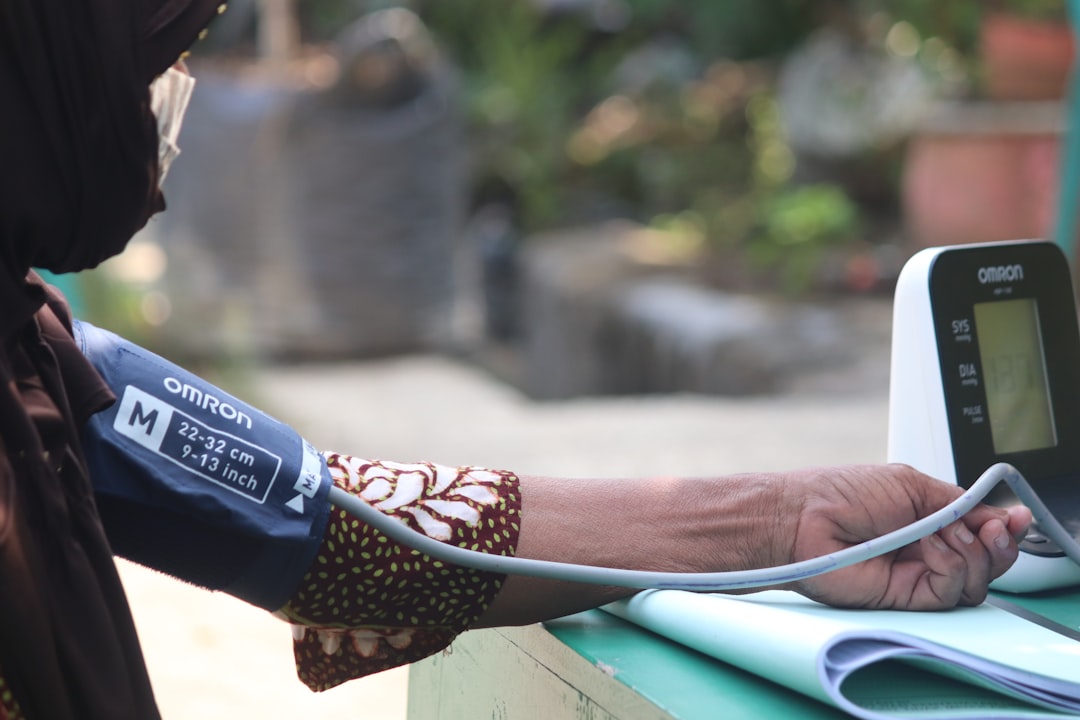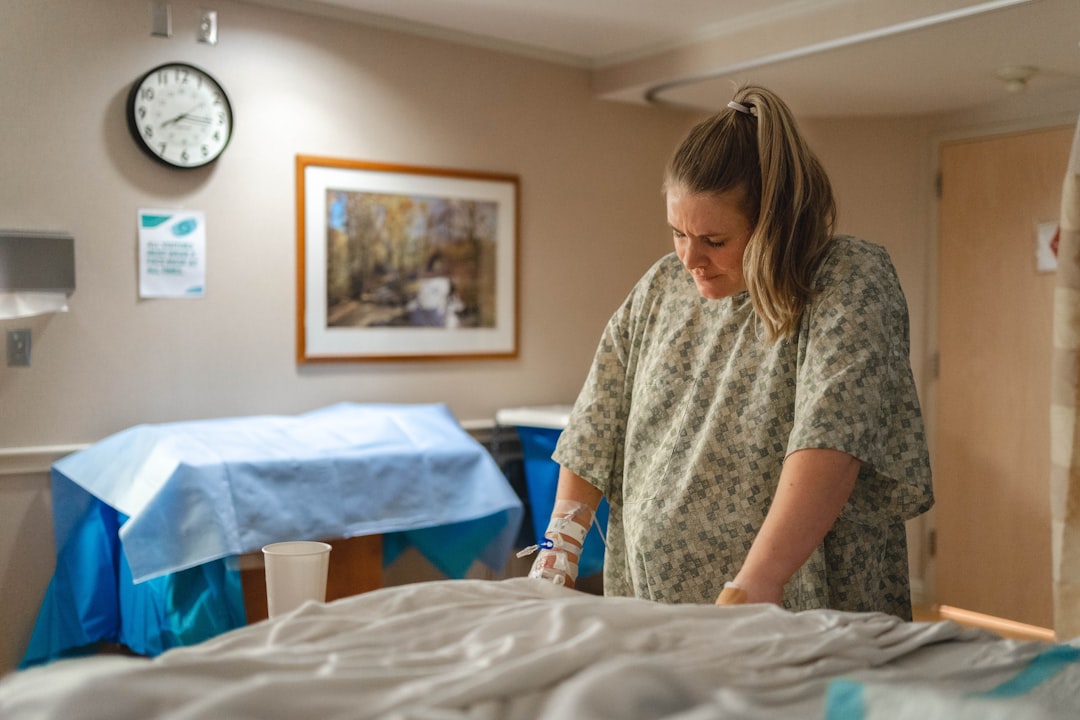What is it about?
CPR in a pregnant woman: What’s the best position? Studying critical medical events occurring during pregnancy is difficult. Therefore, no definitive protocol is available for treating maternal cardiac arrest with cardiopulmonary resuscitation (CPR). Some studies suggest placing an obstetric patient on her left side improves blood flow and therefore this position is recommended during chest compressions. We used a novel method for analyzing the effects of maternal positioning during CPR. Fetal mannequins were placed inside swine models to simulate the pressure exerted by a pregnant uterus on a mother’s inferior vena cava, the largest vein leading to the heart. Skilled first responders then conducted CPR in four different positions.
Featured Image
Why is it important?
Our findings showed placing the patient supine on a firm surface, preferably with some displacement of the uterus to the left side, yields the highest CPP and is therefore the optimal maternal CPR position.
Perspectives
Coronary perfusion pressure (CPP) was highest when swine models were supine but the uterine model (fetal mannequin) was displaced to the left, compared to when the swine models were supine without uterine displacement, or tilted to the left or right. The poorest outcomes were achieved with the models in the right lateral tilt position. Additional observations of first responders conducting CPR on adult mannequins in a similar set of positions suggested that compressions are more accurately performed in the supine position. Placing the patient supine on a firm surface, preferably with some displacement of the uterus to the left side, yields the highest CPP and is therefore the optimal CPR position.
Satoshi Dohi
Showa Daigaku
Read the Original
This page is a summary of: Coronary perfusion pressure and compression quality in maternal cardiopulmonary resuscitation in supine and left-lateral tilt positions: A prospective, crossover study using mannequins and swine models, European Journal of Obstetrics & Gynecology and Reproductive Biology, September 2017, Elsevier,
DOI: 10.1016/j.ejogrb.2017.07.019.
You can read the full text:
Resources
Contributors
The following have contributed to this page










